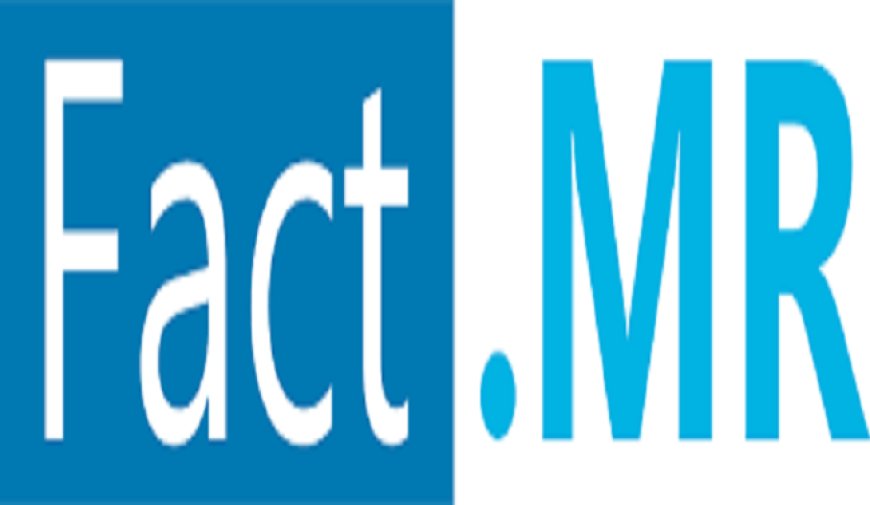Europe’s Refuse Compactor Vehicles See Steady Growth Amid Rising Waste Levels
The Europe refuse compactor vehicle market is valued at US$ 98.5 million in 2023 and is projected to grow at a CAGR of 4.1%, reaching US$ 147 million by 2033.

The Europe refuse compactor vehicle market is valued at US$ 98.5 million in 2023 and is projected to grow at a CAGR of 4.1%, reaching US$ 147 million by 2033.
The Europe refuse compactor vehicle market plays a crucial role in the region’s waste management sector. As urbanization and population growth continue to rise, the need for efficient waste collection and disposal solutions has increased significantly. Refuse compactor vehicles are essential for minimizing waste volume, optimizing transportation efficiency, and ensuring environmentally friendly waste disposal. European countries have stringent regulations regarding waste management, driving the demand for advanced and efficient refuse collection vehicles. The market is characterized by innovations in vehicle design, automation, and fuel efficiency, with key players focusing on sustainability and operational efficiency.
Want Full Report? Enquire Here-https://www.factmr.com/report/europe-refuse-compactor-vehicle-market
Market Insights
The refuse compactor vehicle market in Europe is driven by increasing government initiatives to promote sustainable waste management practices. Countries like Germany, France, and the UK have set ambitious targets to reduce landfill waste and increase recycling rates, leading to the adoption of advanced waste collection vehicles. The integration of electric and hybrid refuse compactor vehicles is gaining traction, as municipalities and waste management companies strive to reduce carbon emissions and operating costs. Additionally, the market is witnessing a shift toward smart waste management solutions, where IoT-enabled vehicles and route optimization technologies are improving operational efficiency and reducing fuel consumption.
Dynamics and Growth Factors
Several factors are shaping the growth of the refuse compactor vehicle market in Europe. One of the primary drivers is the increasing focus on waste segregation and recycling, which has led to a demand for specialized waste collection vehicles. The adoption of electric and hydrogen-powered refuse compactors is another key trend, driven by stringent emission norms and rising fuel costs. Moreover, advancements in hydraulic systems and automation have enhanced the efficiency of these vehicles, reducing maintenance costs and improving productivity. The rise of smart cities and digital waste management platforms is further accelerating the adoption of connected and automated refuse compactor vehicles across the region.
List of Key Companies Profiled in The Report
- Bucher Municipal AG
- Dongfeng Motor Corporation
- Faun Umwelttechnik GmbH & Co. KG
- Fulongma Group Co., Ltd.
- Heil - An Environmental Solutions Group Company
- Others
Market Opportunities
The market presents several opportunities for manufacturers and stakeholders. The push for sustainable waste management is opening avenues for electric and hybrid refuse compactor vehicles, with government incentives and funding supporting the transition. Smart waste management solutions, such as GPS tracking and AI-based route optimization, are providing opportunities for technology integration in refuse compactor vehicles. Additionally, the refurbishment and retrofitting of existing fleet vehicles with energy-efficient components offer a cost-effective solution for waste management companies looking to modernize their operations. The growing interest in circular economy initiatives and waste-to-energy projects is also creating new demand for innovative waste collection and compaction solutions.
Recent Industry News
Recent developments in the refuse compactor vehicle market in Europe highlight the growing focus on sustainability and efficiency. Several municipalities have announced new fleet upgrades, replacing diesel-powered vehicles with electric and hybrid models to reduce emissions. Key industry players have introduced new product lines featuring enhanced automation, improved hydraulics, and lightweight materials for better fuel efficiency. Additionally, collaborations between waste management companies and vehicle manufacturers are driving innovation, with the introduction of AI-based monitoring systems and telematics for real-time fleet tracking. The impact of EU policies on waste management and emission reduction is further shaping the direction of the market.
Notable Developments
The industry is witnessing notable developments that are reshaping the future of refuse compactor vehicles in Europe. One of the most significant trends is the rapid adoption of electric refuse compactor trucks, with several cities committing to 100% electric fleets by the next decade. Hydrogen fuel cell technology is also emerging as a viable alternative, offering zero-emission waste collection solutions. Innovations in automation, such as robotic arms for waste collection and AI-driven route planning, are enhancing operational efficiency. Additionally, major manufacturers are focusing on lightweight vehicle designs to improve payload capacity and reduce overall energy consumption.
Competitive Landscape
Technological innovation is key in the refuse compactor vehicle market. Previously dominated by mid- and low-level automotive players, the shift toward sustainable solutions has attracted global leaders like Volvo. This transformation is expected to drive significant market growth in Europe.
In May 2022, a fleet of hydrogen-powered refuse trucks was deployed in Europe to reduce CO₂ emissions.












